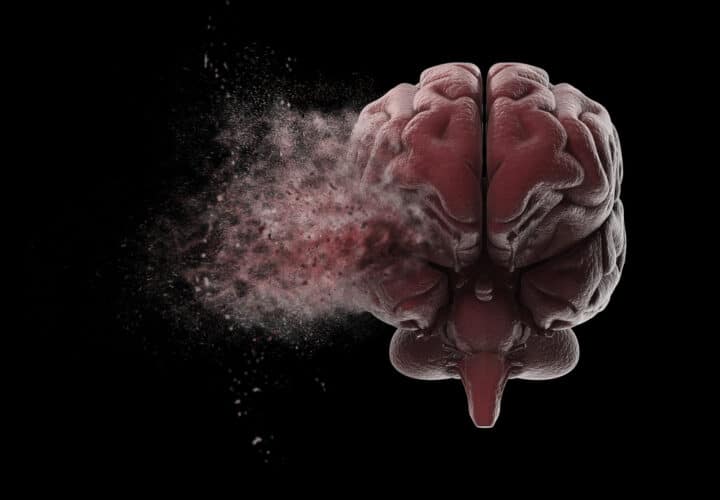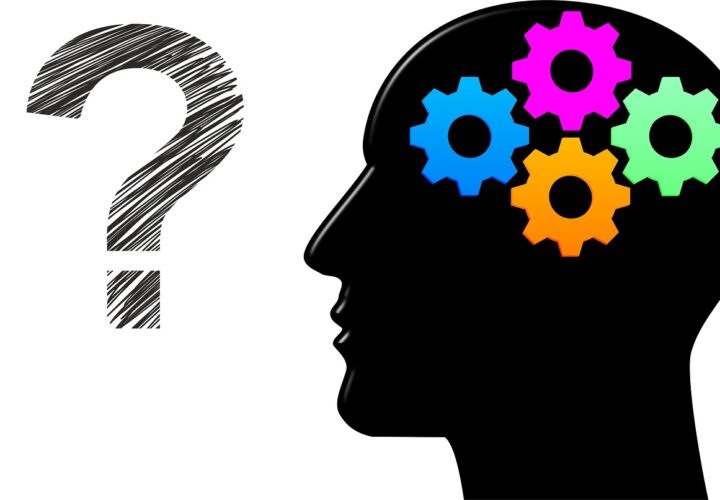Frontotemporal lobar degeneration, also known as frontotemporal dementia (FTD), refers to various disorders that cause cell damage and affect the brain. FTD is the most common form of dementia for people under the age of 60 and one of the most common forms overall.
The Alzheimer’s Association estimates that 50,000–60,000 people in the United States have FTD, and the majority of patients are between 45 and 65 years old.
FTD occurs when the frontal and temporal lobes of the brain shrink. The frontal and temporal lobes are responsible for personality, behavior and language. Due to the shrinkage of the lobes, people living with FTD often experience drastic behavioral or verbal changes before exhibiting signs of memory loss.
What Is the History Behind FTD?
Dr. Arnold Pick, a German neurologist, discovered Pick’s disease (later known to be FTD) in 1892. He encountered a patient with distinct symptoms affecting their language, so Pick wanted to dig deeper. This patient is believed to be the first documented case of primary progressive aphasia. Later, he looked at two other patients who were experiencing behavioral changes, decreased cognitive function and language difficulties. Pick determined that dementia can affect certain regions of the brain that cause these particular changes.
What Causes FTD?
More recently, scientists examined the brains of 21 patients who had various behavioral symptoms of FTD and found four stages of tau protein deposition in four regions of the brain:
- Stage 1: Frontotemporal limbic/paralimbic and neocortical regions that control learning, memory, movement and judgement
- Stage 2: Subcortical structures including the basal ganglia, which is responsible for movement; locus coeruleaus, which is mainly responsible for arousal, vigilance and attention; and raphe nuclei, which produces serotonin
- Stage 3: Primary motor cortex and pre-cerebellar nuclei, both responsible for motor function
- Stage 4: Visual cortex, responsible for being able to see
The results provided a better understanding of the clinical symptoms and physical deterioration that are present in people with FTD caused by tau. In addition to tau, the protein TDP43 is present in the brains of some people with FTD. These two main proteins have also been found to be associated with Alzheimer’s disease.
What Are the Symptoms of FTD?
Frontotemporal dementia symptoms include limited judgement, socially inappropriate behavior, constant mood changes, loss of language abilities and empathy, as well as issues with balance and movement.
According to the Alzheimer’s Association, there are three symptom subtypes of FTD:
- Behavior variant frontotemporal dementia (bvFTD) causes major changes in personality and behavior, including a person’s judgement skills, empathy and foresight. This typically occurs between the ages of 50 and 60, but can also start as early as 20 and as late as 80 years old.
- Primary progressive aphasia (PPA) impacts language or verbal abilities, writing and understanding certain tasks. PPA typically occurs around 65 years old.
- There are two types of PPA:
- Semantic variant of PPA affects the ability to speak or form words in a sentence.
- Nonfluent/agrammatic variant of PPA leads to pauses when speaking.
- There are two types of PPA:
- Disturbances of motor (or muscle) function
- There are three types of motor disfunction:
- Amyotrophic lateral sclerosis (ALS), or muscle weakness or wasting
- Corticobasal syndrome causes arms and legs to lack coordination or become rigid
- Progressive supranuclear palsy (PSP) causes issues with walking, muscles, posture and could impact eye movement
- There are three types of motor disfunction:
FTD may lead to other issues like pneumonia, the leading cause of death from FTD. People with FTD also have an increased risk of falls or developing infections.
How Is FTD Diagnosed?
If a loved one has symptoms of FTD, it is important to refer them to multiple specialists, such as a psychiatrist, before an accurate diagnosis is made. A specialist will gather a detailed medical history and complete a neurological exam. During the exam, the specialist may assess a person’s language abilities, memory or visual-spatial abilities using MRIs (magnetic resonance imaging). Blood tests may also be done to eliminate other diseases that have similar symptoms to FTD.
Who Does FTD Affect?
FTD often causes young onset dementia. While the disease typically occurs before the age of 65, it can also start as early as your 20s. FTD can be genetically inherited, and it affects a similar amount of men and women.
What Is the Difference Between FTD and Alzheimer’s?
There are key differences between FTD and Alzheimer’s. It is important to understand the differences so there is an accurate diagnosis for patients.
While Alzheimer’s risk goes up as people age, people are often diagnosed with FTD in their 40s and early 60s. The Alzheimer’s Association reports that with Alzheimer’s, memory loss is often the first symptom that appears. With FTD, people usually experience behavioral and language changes first. In addition, people with Alzheimer’s may have difficulty recalling names, but usually don’t have serious problems with speech until later stages. In the early stages of FTD, someone may be difficult to understand or have trouble reading. As Alzheimer’s progresses, hallucinations become more common, though they are not as common in FTD.
Is There a Cure for FTD?
Unfortunately, there is no cure yet. However, some treatments may help alleviate symptoms. Drugs such as antidepressants and antipsychotics could help with certain behavioral symptoms, though patients should consult with a specialist before considering taking these drugs. Patients with language difficulties may benefit from speaking with a speech and language pathologist. People with FTD live for six to eight years on average.
Learn more about different types of dementia here.




I have been diagnosed with ftd and I am awaiting a cure.my speech and balance have been badly affected.Please let me know of any treatments.Thankyou